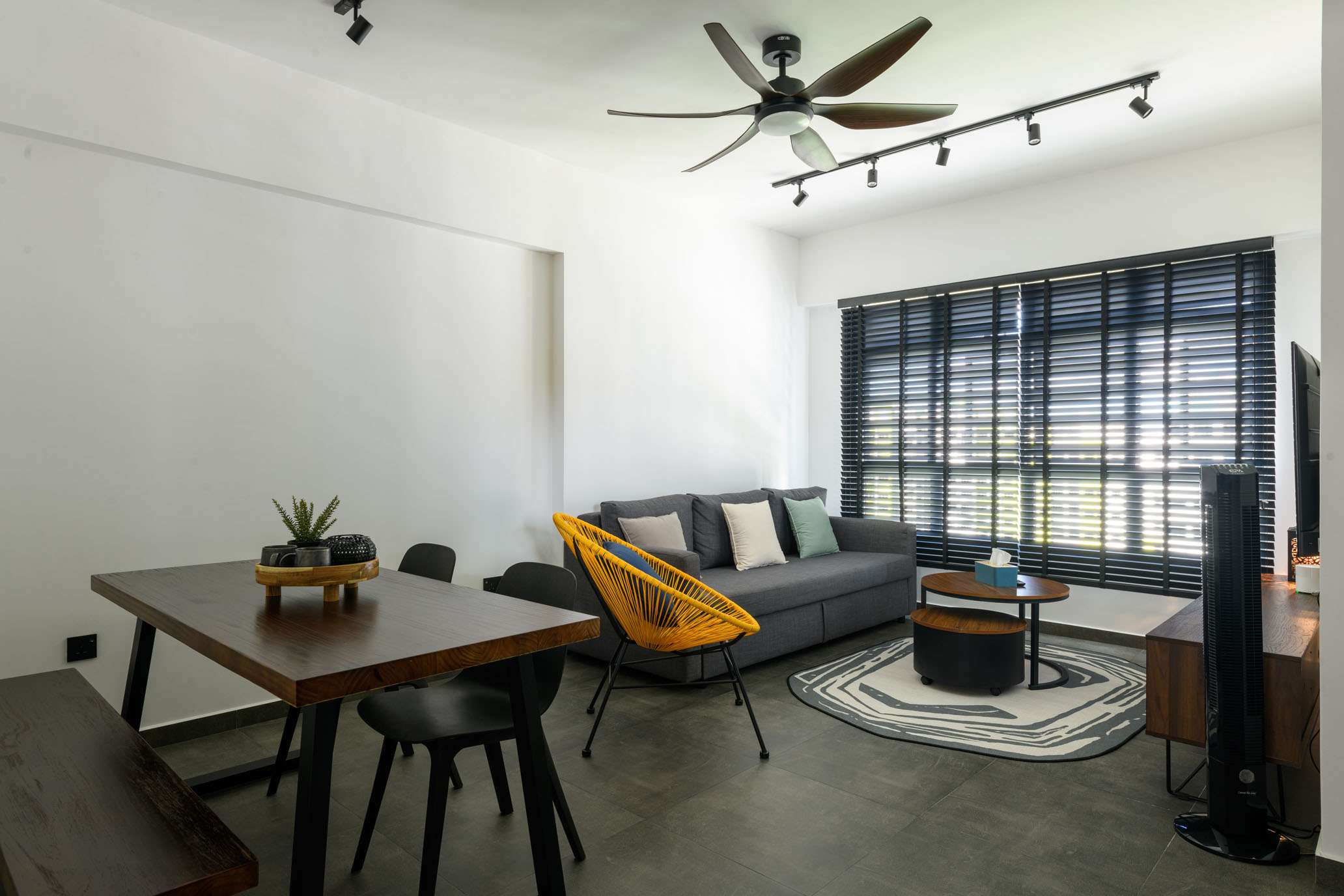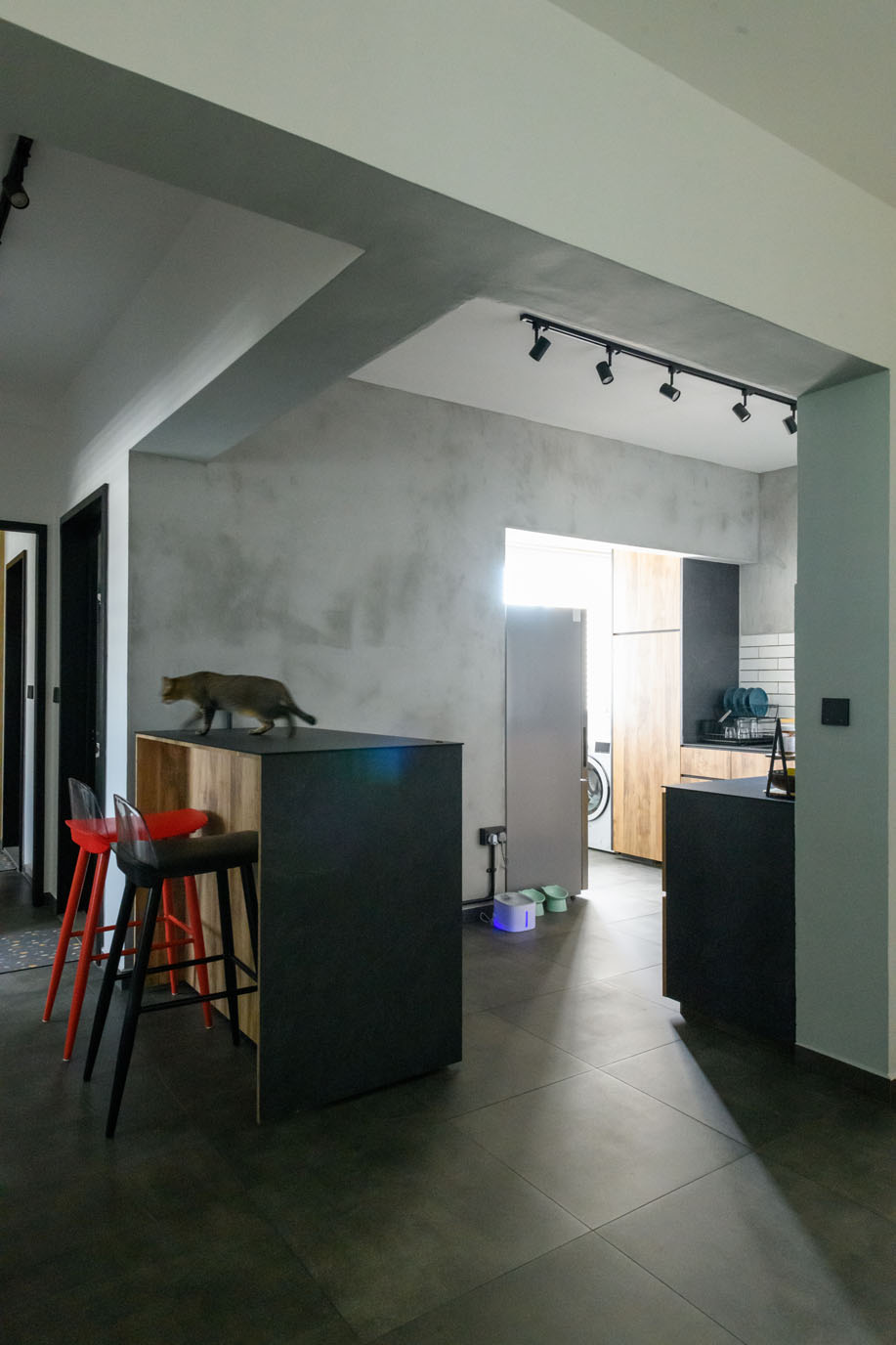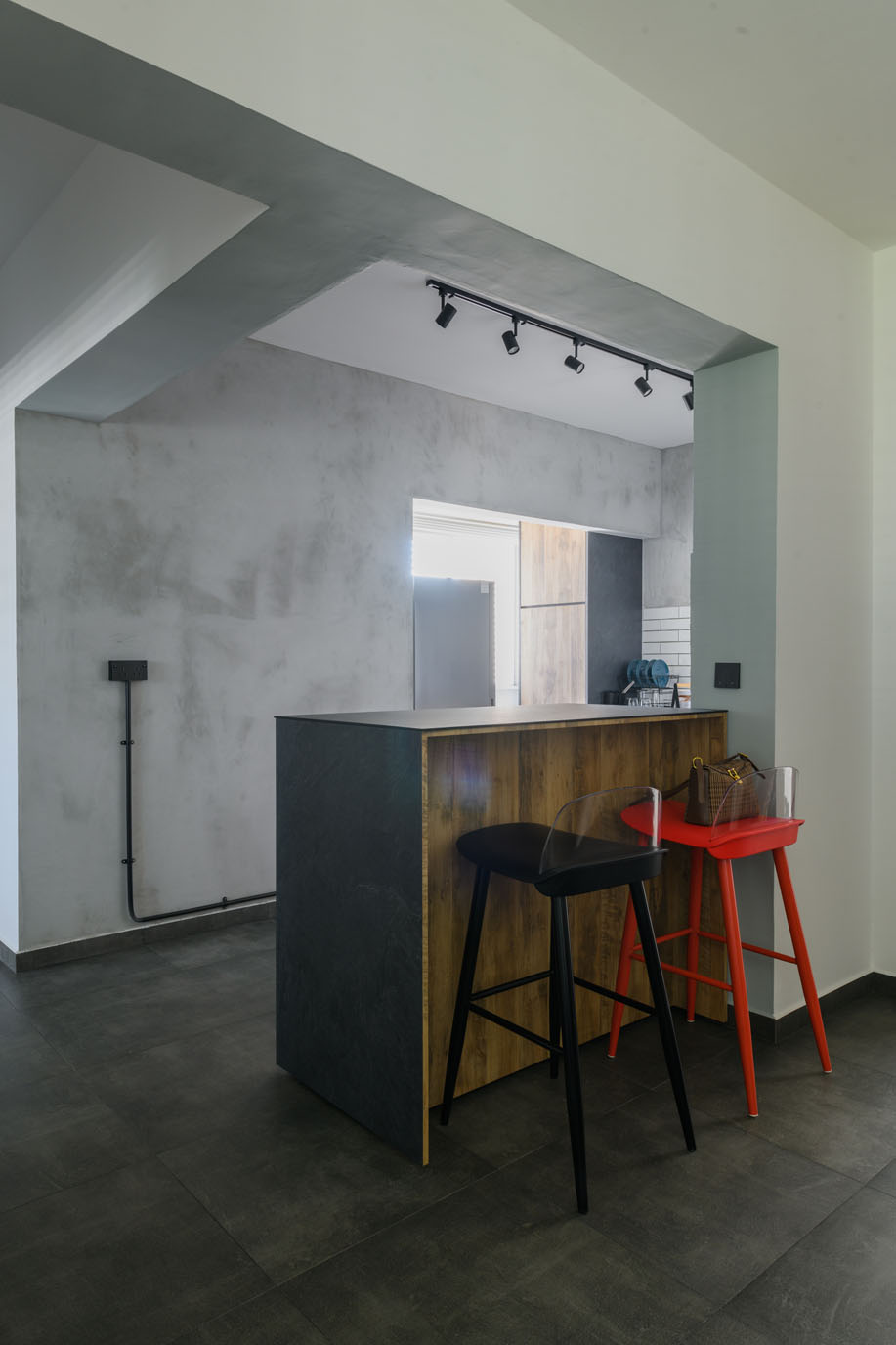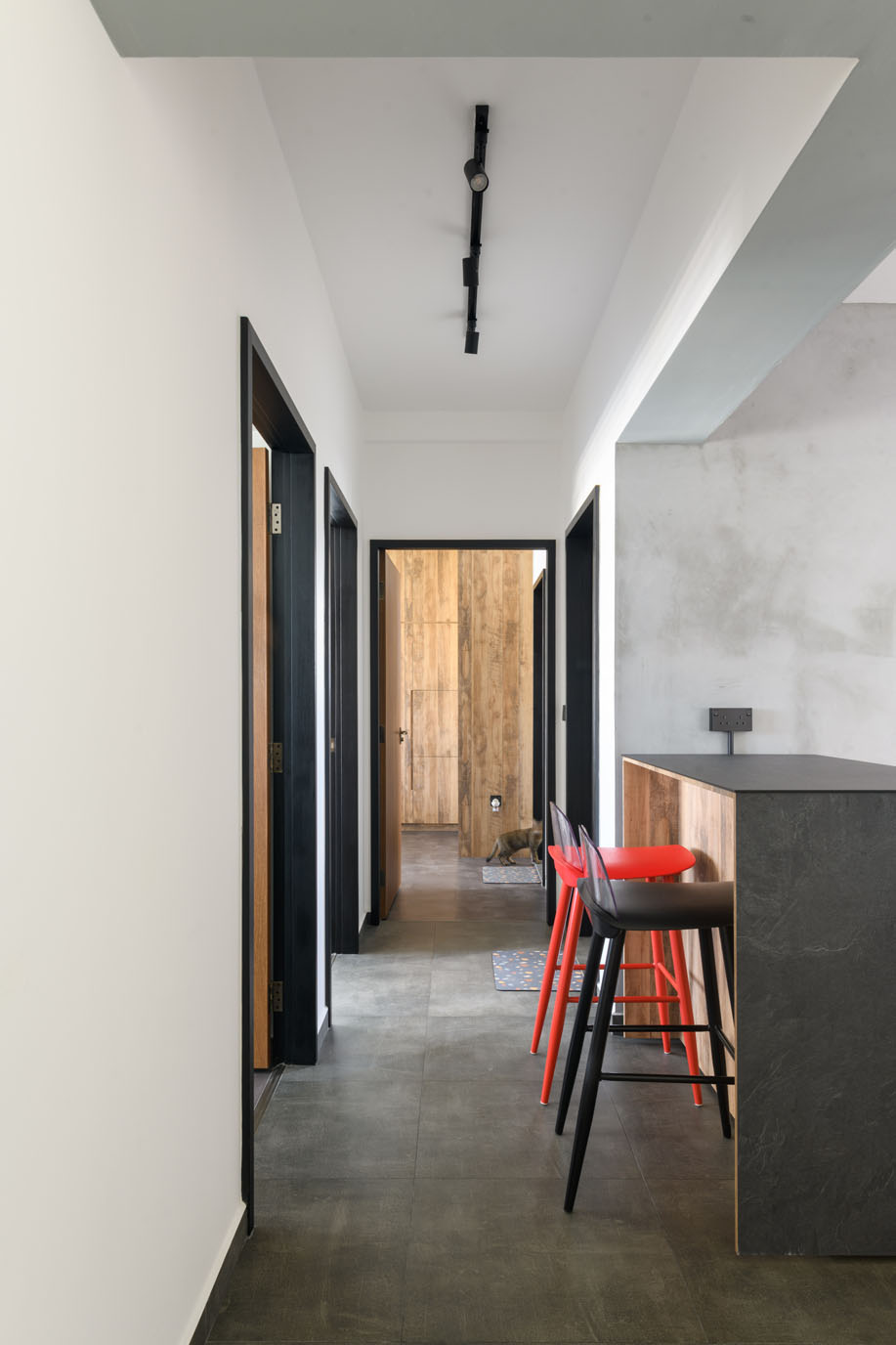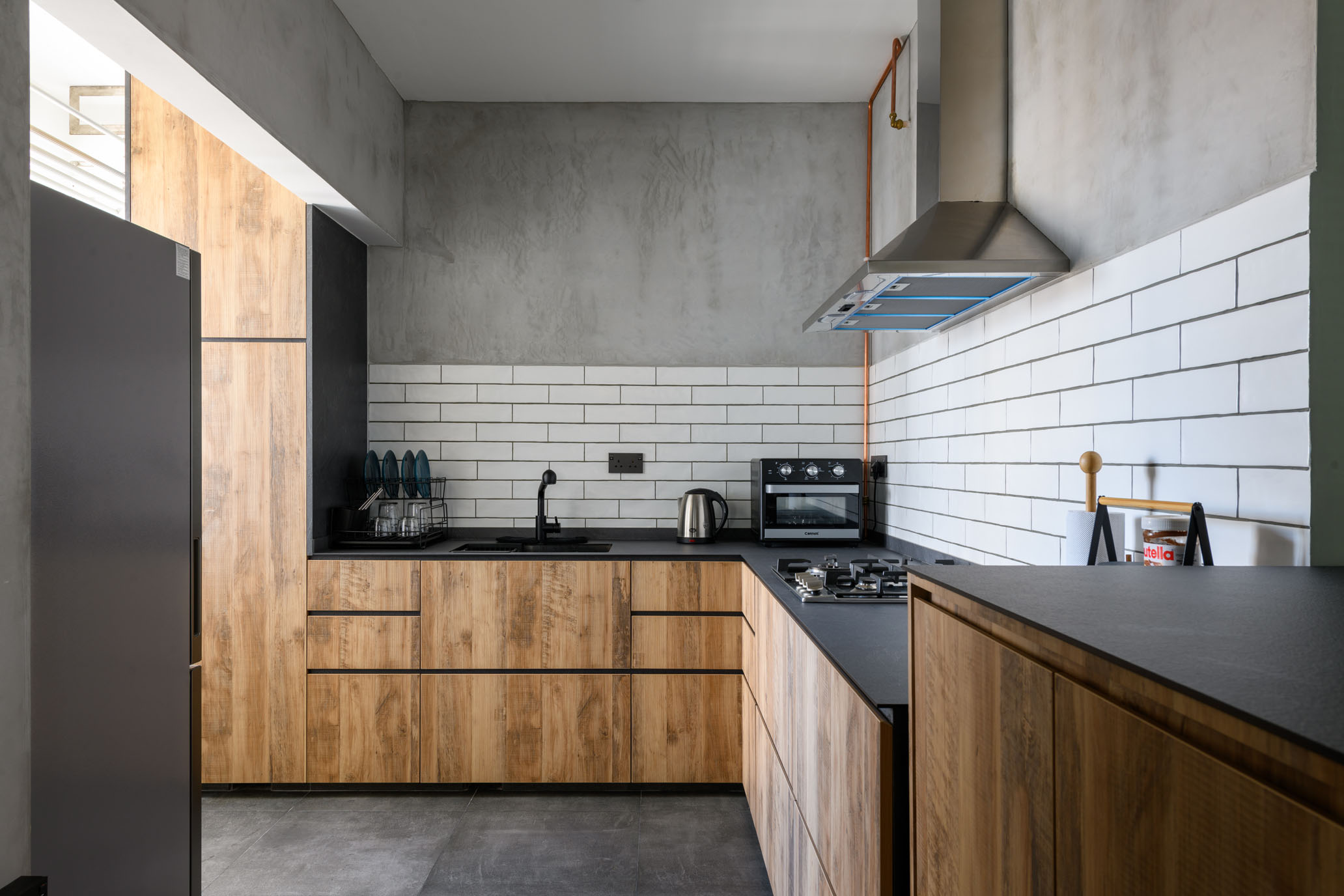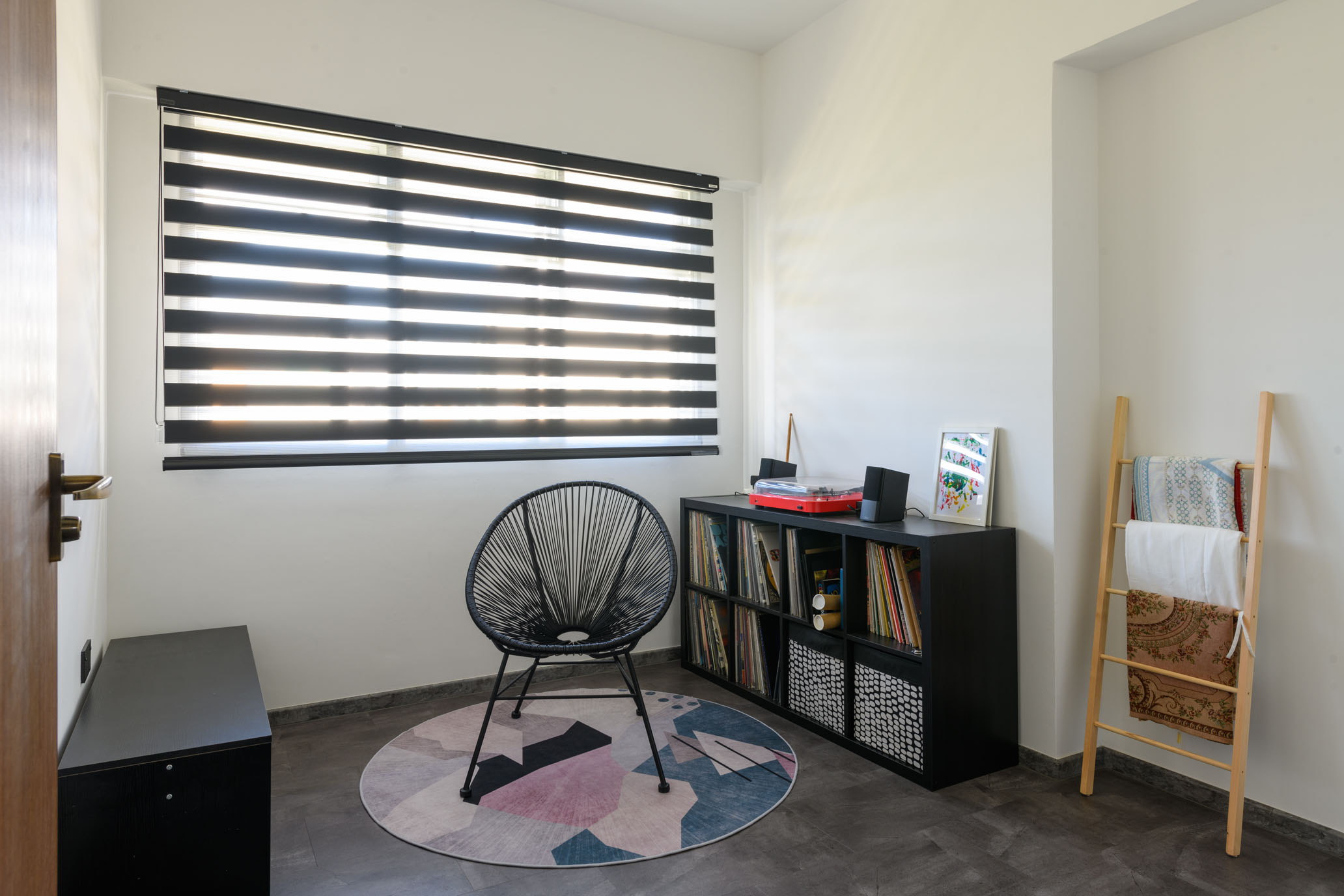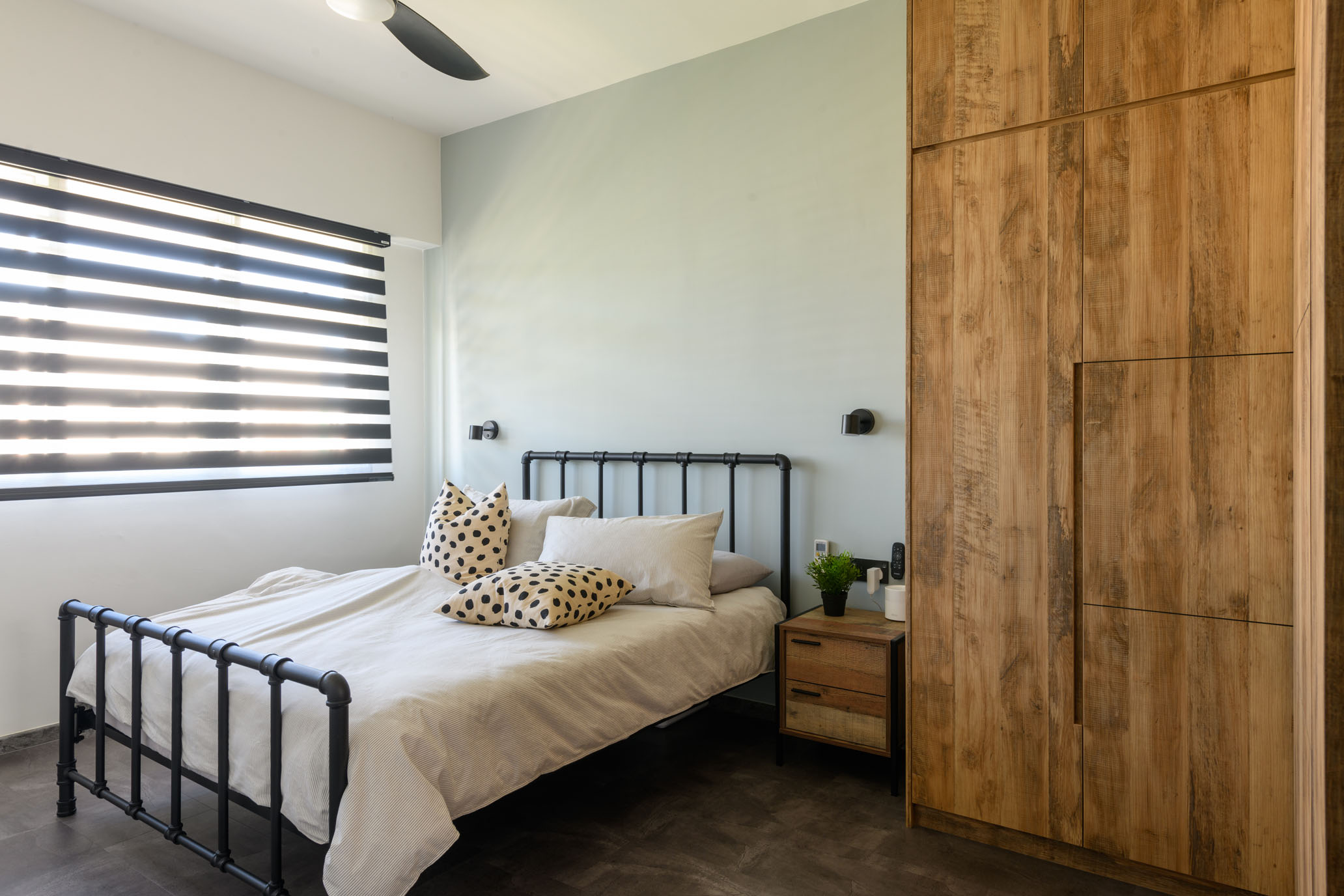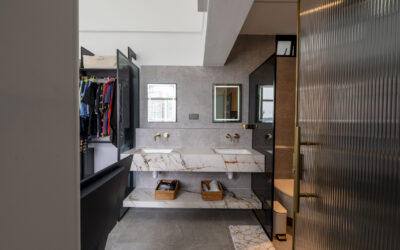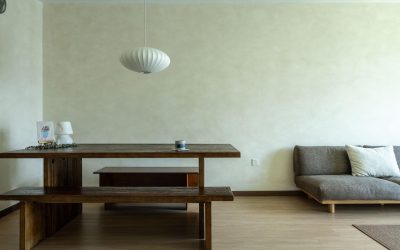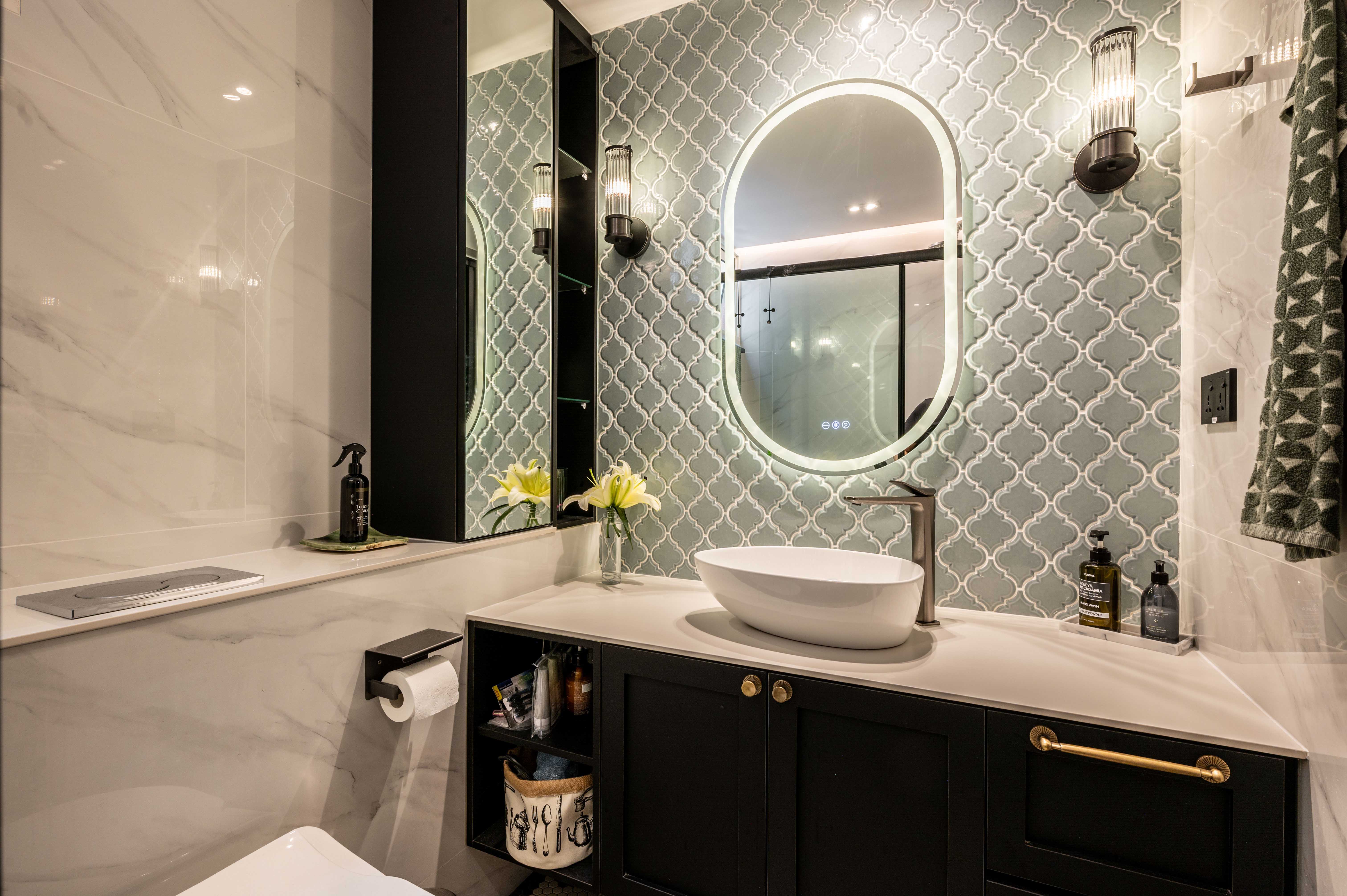What is industrial interior design?
Industrial interior design is a style that takes inspiration from the raw and rugged look of industrial spaces such as factories and warehouses. It embraces the exposed materials, structural elements, and mechanical details of these spaces to create a unique and edgy aesthetic. This design style has gained popularity in recent years for its ability to blend modern and vintage elements, creating a visually striking and functional space.
The history and origins of industrial interior design
The roots of industrial interior design can be traced back to the 1950s when artists and designers started repurposing old factories and warehouses into living spaces. These industrial spaces were seen as a blank canvas for creativity, and their open layouts and high ceilings provided an opportunity to create unique and unconventional living environments.
Key elements of industrial interior design
The key elements of industrial interior design include exposed brick walls, concrete floors, and metal accents. These elements are often left in their raw state to showcase the beauty of their imperfections. Other important features include open ductwork, exposed pipes, and visible wiring. These elements not only add an industrial charm to the space but also serve a functional purpose by providing ventilation and easy access to utilities.
Benefits of industrial interior design
Industrial interior design offers several benefits. Firstly, it provides a unique and distinctive look that sets a space apart from traditional designs. It also allows for a flexible and adaptable layout, making it suitable for both residential and commercial spaces. Additionally, the use of raw and durable materials makes industrial design highly practical and low-maintenance. Finally, the combination of vintage and modern elements creates a timeless aesthetic that can withstand changing trends.
Industrial interior design styles and themes
Industrial interior design encompasses a range of styles and themes. One popular style is the rustic-industrial design, which combines industrial elements with warm and natural materials such as wood and leather. Another style is the modern-industrial design, which focuses on sleek lines, minimalism, and the use of polished metals. Other themes include steampunk, vintage industrial, and Scandinavian industrial.
How to incorporate industrial elements into your space
To incorporate industrial elements into your space, start by selecting a color palette that reflects the industrial aesthetic. Neutral tones such as gray, beige, and black work well as a base, while pops of bold colors can be added through furniture and accessories. Next, consider adding exposed brick or concrete walls to create a raw and textured look. You can also incorporate metal accents through furniture, lighting fixtures, and decorative objects. Finally, don’t forget to embrace the imperfections and rough edges that are characteristic of industrial design.
Furniture and decor for industrial interior design
When choosing furniture for industrial interior design, opt for pieces that have a utilitarian and minimalist look. Metal and wood are the preferred materials, and distressed finishes add to the industrial charm. Look for vintage or repurposed furniture, such as old factory carts or reclaimed wood tables. Decorative objects such as vintage signage, exposed light bulbs, and industrial-style clocks can also enhance the overall aesthetic.
Lighting in industrial interior design
Lighting plays a crucial role in industrial interior design as it helps to create the desired ambiance and highlight key features. Industrial-style pendant lights with metal shades are a popular choice and can be suspended from exposed ceiling beams or pipes. Floor and table lamps with metal or concrete bases can also add a touch of industrial elegance. For a dramatic effect, consider installing track lighting or wall sconces to highlight specific areas or objects.
Color palettes and materials for industrial interior design
The color palette for industrial interior design is typically muted and neutral, with shades of gray, brown, and black dominating the space. However, adding pops of color through furniture or accessories can create visual interest and prevent the space from feeling too monotonous. As for materials, concrete, brick, metal, and wood are the go-to choices. These materials can be used in their raw state or with a distressed finish to add texture and character.
Industrial interior design tips and tricks
Here are some tips and tricks to help you achieve the perfect industrial interior design:
- Embrace the imperfections: Don’t be afraid to showcase the raw and unfinished elements of your space. These imperfections add character and authenticity.
- Balance with soft elements: Offset the ruggedness of industrial design with soft textures and materials such as rugs, curtains, and plush seating.
- Mix vintage and modern: Combine vintage pieces with modern furniture and accessories to create a unique and eclectic look.
- Pay attention to details: Small details such as exposed screws, rivets, and industrial-style hardware can make a big difference in achieving an authentic industrial look.
- Add greenery: Incorporate plants and natural elements to soften the space and create a more inviting atmosphere.
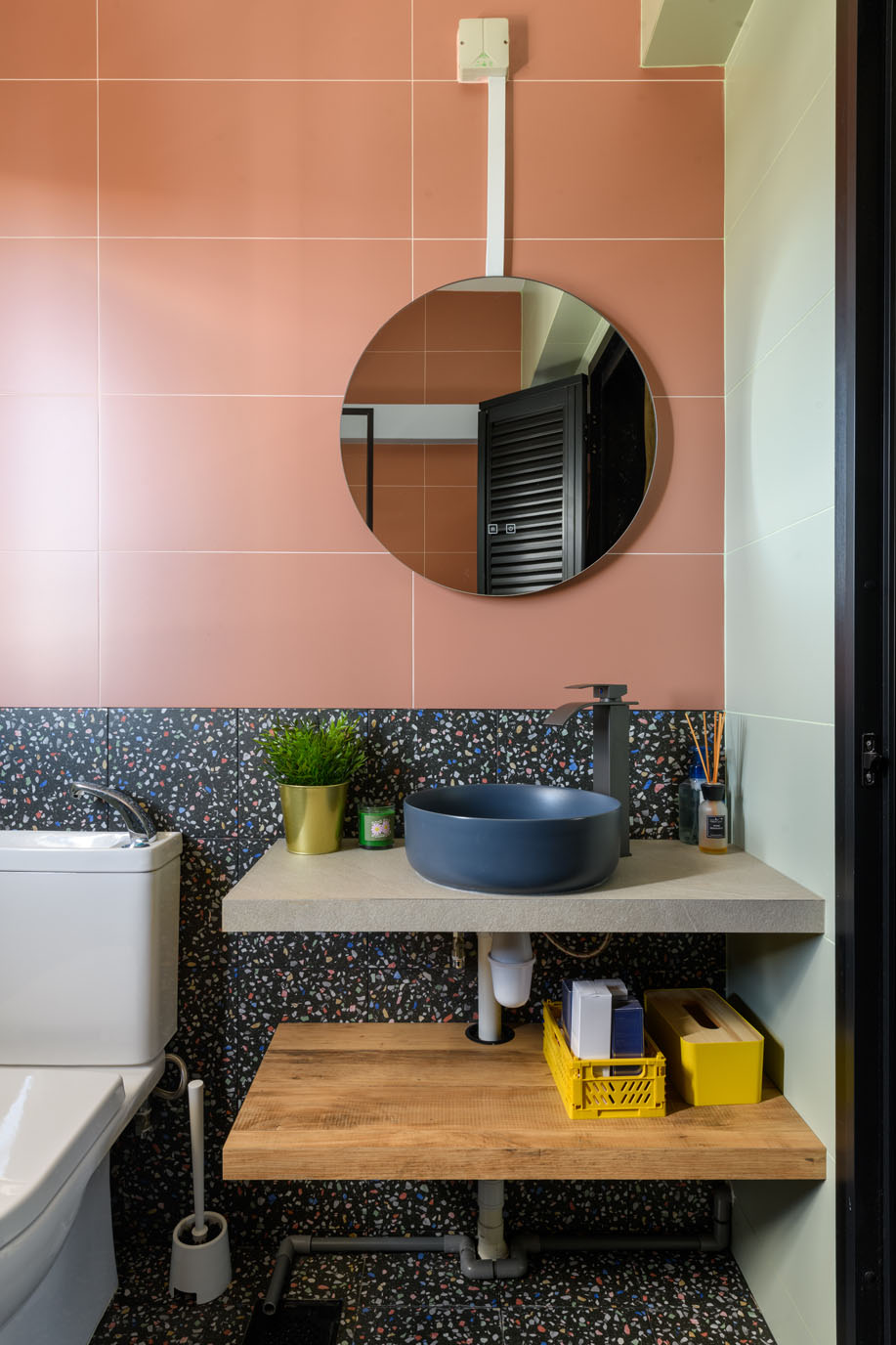
Project: 477A Yishun St 44
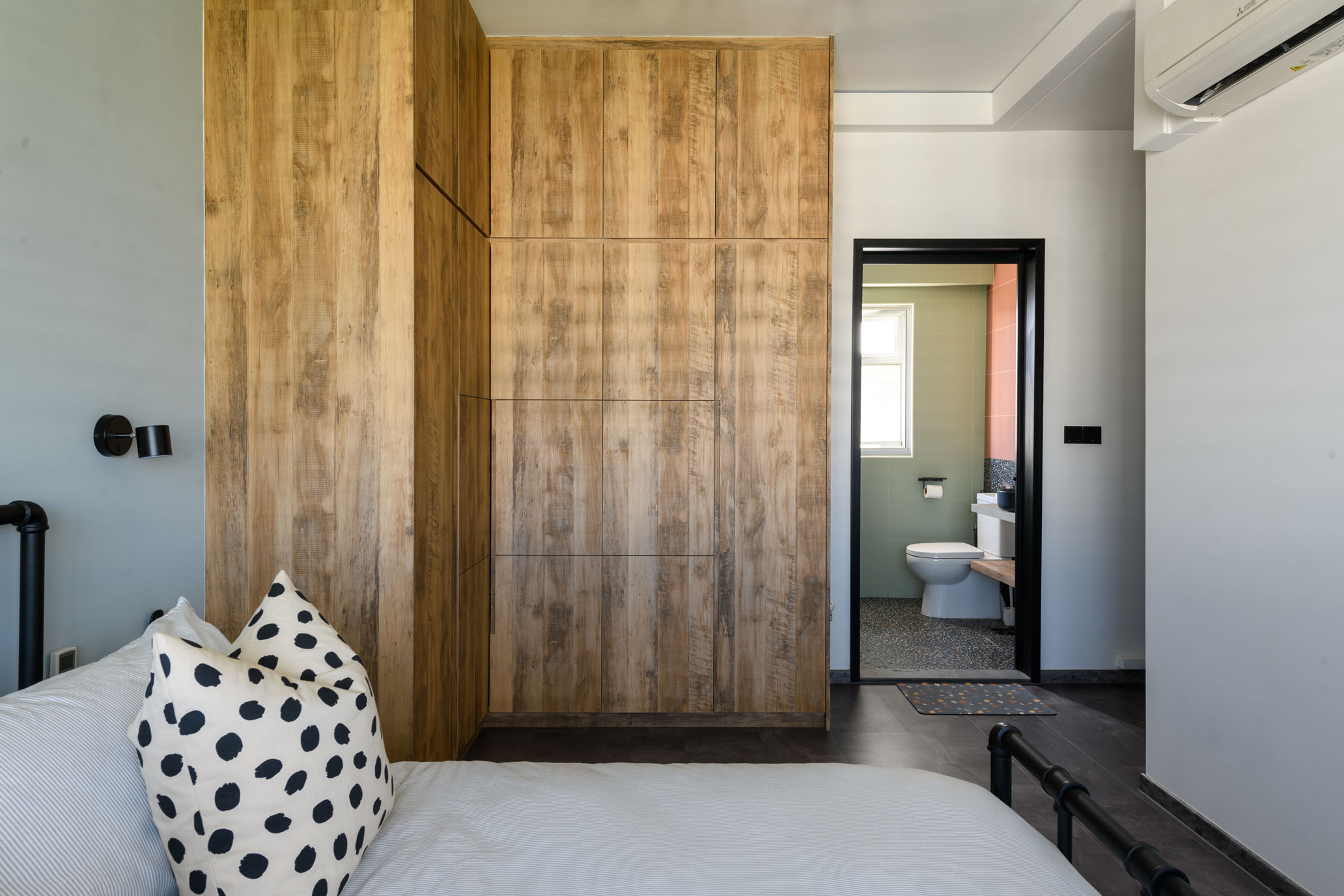
Industrial interior design in different spaces – residential, commercial, and retail
Industrial interior design can be applied to various types of spaces, including residential, commercial, and retail. In residential settings, industrial design can create a loft-like atmosphere that is open, spacious, and full of character. In commercial spaces, it can convey a sense of creativity and innovation, making it ideal for offices, studios, and coworking spaces. In the retail sector, industrial design can help create a unique and memorable shopping experience, particularly for stores selling vintage or handmade products.
Industrial interior design trends
Industrial interior design is constantly evolving, and there are several trends to look out for. One trend is the use of sustainable and eco-friendly materials, such as reclaimed wood and recycled metals. Another trend is the incorporation of technology into industrial spaces, such as smart lighting and automated systems. Additionally, there is a growing interest in industrial-inspired outdoor spaces, such as rooftop gardens and industrial-style patio furniture.
Conclusion
Industrial interior design offers a unique and captivating aesthetic that combines the raw beauty of industrial spaces with modern functionality. By incorporating key elements such as exposed brick, concrete floors, and metal accents, you can create a space that is both visually striking and practical. Whether you’re designing a residential, commercial, or retail space, industrial design has the flexibility to adapt to your needs. So why not embrace the beauty of industrial interior design and create a space that stands out from the crowd?
Ready to transform your space with industrial interior design? Get started today and let our interior designers bring your vision to life.

